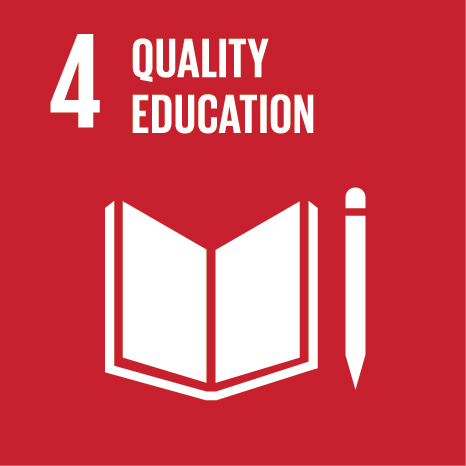Self-similarity and critical collapse in General Relativity and beyond
Event Title
Encontro Nacional da Sociedade Portuguesa de Matemática 2021
Year (definitive publication)
2021
Language
English
Country
Portugal
More Information
Web of Science®
This publication is not indexed in Web of Science®
Scopus
This publication is not indexed in Scopus
Google Scholar
This publication is not indexed in Overton
Abstract
Critical collapse is an important topic within the broader subject of grav-
itational collapse. It concerns the behavior of self-gravitating systems at the verge of black hole formation, and is notable for (i) its universality properties, (ii) the emergence of self-similarity, and (iii) for providing potential scenar- ios for violation of the cosmic censorship conjecture. Traditionally, studies of critical collapse focused on gravity in spherical symmetry, coupled to scalar fields or perfect fluids in order to bypass Birkhoff’s theorem. I will discuss how this standard framework extends to cases in which gauge fields are included — possibly also interacting with the scalar fields. Such models arise typically as low-energy string theories. Employing cut-and-paste and dynamical systems techniques, gravitational collapse in this context is studied analytically and al- lows an assessment of the impact of gauge fields (and their couplings) on critical collapse. In particular, an explicit formula for the so-called critical exponent is obtained.
Acknowledgements
--
Keywords
General relativity,modified gravity theories,critical collapse
Fields of Science and Technology Classification
- Physical Sciences - Natural Sciences
Contributions to the Sustainable Development Goals of the United Nations
With the objective to increase the research activity directed towards the achievement of the United Nations 2030 Sustainable Development Goals, the possibility of associating scientific publications with the Sustainable Development Goals is now available in Ciência_Iscte. These are the Sustainable Development Goals identified by the author(s) for this publication. For more detailed information on the Sustainable Development Goals, click here.

 Português
Português


